CGM vs. BGM: A Comprehensive Comparison for Choosing the Best Monitor

Key Takeways
Why monitor glucose levels?
Maintaining optimum glucose levels is key to keeping your body healthy. Glucose levels fluctuate throughout the day for everyone, but it's not just your diet that affects your glucose level.
Beyond food factors
Exercise, hormones, sleep patterns, meal timings, medication, and stress all have an impact as well. However, keeping glucose levels within the optimum range is not always that simple and it can be challenging for many people.
Prediabetes awareness
In Western lifestyle, glucose intolerance is becoming more prevalent every year. If your glucose levels are higher than average, but not high enough to be classified as diabetic, this may be diagnosed as glucose intolerance (also known as prediabetes).
In fact, 97.6 million American adults have prediabetes, but 81 percent of them do not know they have it. A simple solution to help you better understand your glucose levels is to wear a continuous glucose monitor (CGM).
A CGM can help you identify sudden drops or increases in glucose levels, and understand causes of the fluctuations. This article will discuss what a CGM device is, how it differs from other glucose monitors, the practicalities of wearing a CGM sensor and why a CGM is beneficial to your overall metabolic health.
{{rich-text-cta-3="/style-guide"}}
Are sugar and glucose levels the same?
Firstly, it's important to clear up that blood sugar levels and glucose levels are the same. Blood sugar (also known as glucose) is a type of sugar found in your blood. The two terms are often used interchangeably, so you may see information referring to either blood sugar levels or glucose levels.
If you don't have any symptoms or have never used a glucose monitoring device before, it's likely that you may not even know if your glucose levels are consistently high. There's a chance that you may have unawareness of your glucose intolerance, which can lead to serious health issues if left unchecked.
What is a Continuous Glucose Monitoring System?
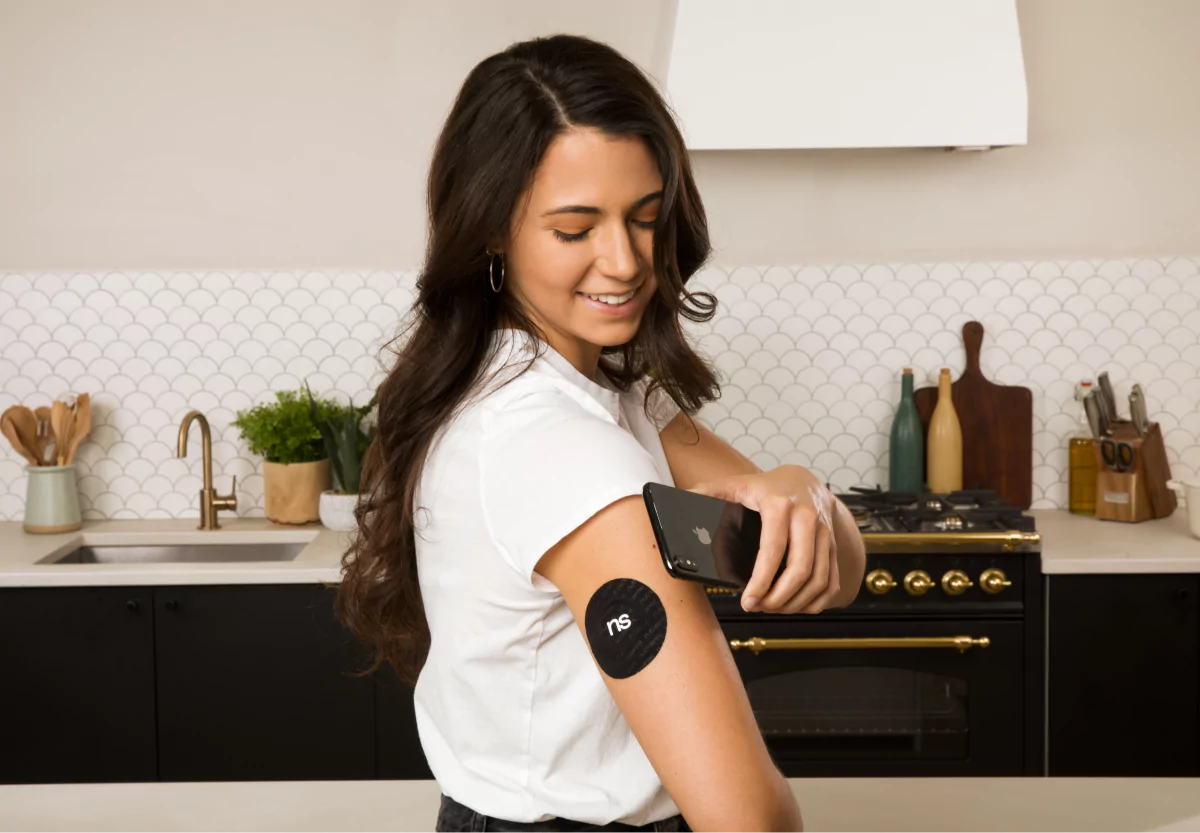
A continuous glucose monitoring system measures and continuously stores glucose data. The CGM itself is a small device that you wear on the back of your arm for seven to 14 days. It tracks your glucose levels in real-time. You're able to actively see what is causing your glucose levels to dip and spike, helping to prevent severe hypoglycemia or hyperglycemia.
Beyond the Snapshot Reading
You’ve been diligent with your glucometer, pricking your finger an hour after your "healthy" salad. The number looks fine, but you still feel that familiar energy slump by 3 p.m. You're left wondering what you missed.
A single reading doesn't show the full picture of what happened between tests. A CGM, on the other hand, reveals the complete trend, finally connecting your meal choices to your energy levels so you can see what’s really going on.
What is the Difference Between a CGM vs BGM?
A CGM measures the glucose level in your interstitial fluid, or glucose level in the fluid between the cells. A BGM, or blood glucose meter, works differently, as it involves collecting a blood sample to measure the glucose level in your blood.
Trend data vs snapshot
A CGM records continuous measurements, since it is inserted directly into your arm and worn for up to two weeks at a time. In comparison, blood glucose monitoring is only capable of recording a snapshot in time, so ongoing trends in glucose fluctuations throughout the day are not able to be seen.
Reading mismatch
Since these two devices measure glucose levels in two different areas of your body, the results will not match up precisely if taken simultaneously.
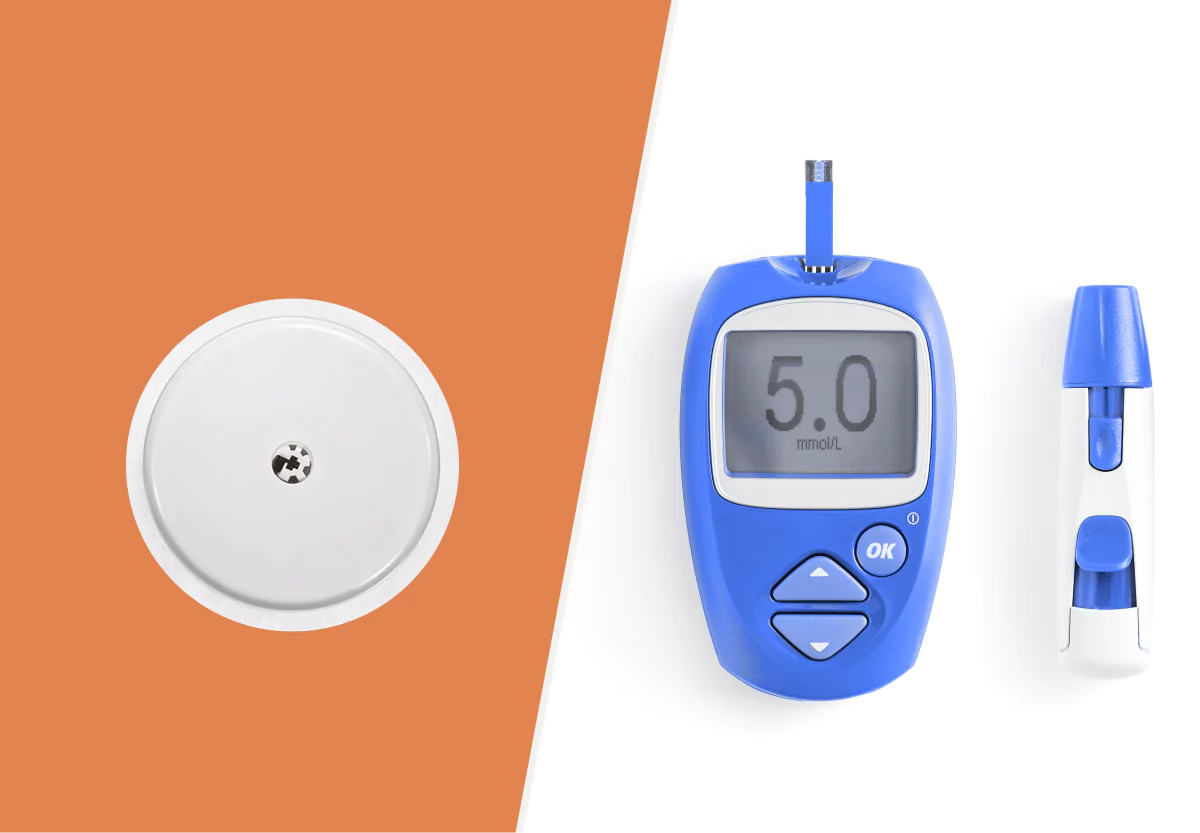
Sensor and app link
CGM glucose monitoring systems work through a tiny sensor inserted under your skin. The device comes with a spring-loaded applicator that applies the sensor quickly to the back of your arm. The CGM reads your glucose measurements and automatically sends the data to your phone or tracking app.
Fingersticks and strips
A BGM monitor, on the other hand, requires you prick your finger using a fingerstick and apply a drop of blood to a test strip in the BGM. The BGM then measures your glucose level showing a reading on the screen of a measuring device.
What are the benefits of a CGM vs BGM?
There are many benefits to using a CGM, including:
- Being able to make informed decisions about how to balance your food, physical activity, and stress levels based on24/7 glucose level responses.
- Experiencing fewer emergencies related to low glucose, since a CGM can predict low blood glucose approximately 20-30 minutes before it happens.
- Less invasive as there is no need for constant finger pricking, which is required when using a BGM.
- You can download 24/7 data onto your phone to actively track your glucose trends.
What is the Difference Between a CGM and FGM?
A flash glucose monitor (FGM) is a technologically advanced version of a CGM system that does not require calibration. Scientists state that factory calibration is possible due to the highly developed technology. CGMs usually require calibrating, sometimes twice a day.
Calibration requires the use of a BGM, so you need to have both devices. However, this is not necessary with a FGM. While older models like the FreeStyle Libre 2 are flash glucose monitors (FGM) that require a scan for a reading, the newer FreeStyle Libre 3 is a continuous glucose monitoring (CGM) system that automatically streams data to a smartphone every minute.
Although referred to as a CGM, the cutting edge technology of the Freestyle Libre FGM avoids the need for a BGM and continual calibration of glucose levels.
How Long Can You Wear a CGM?
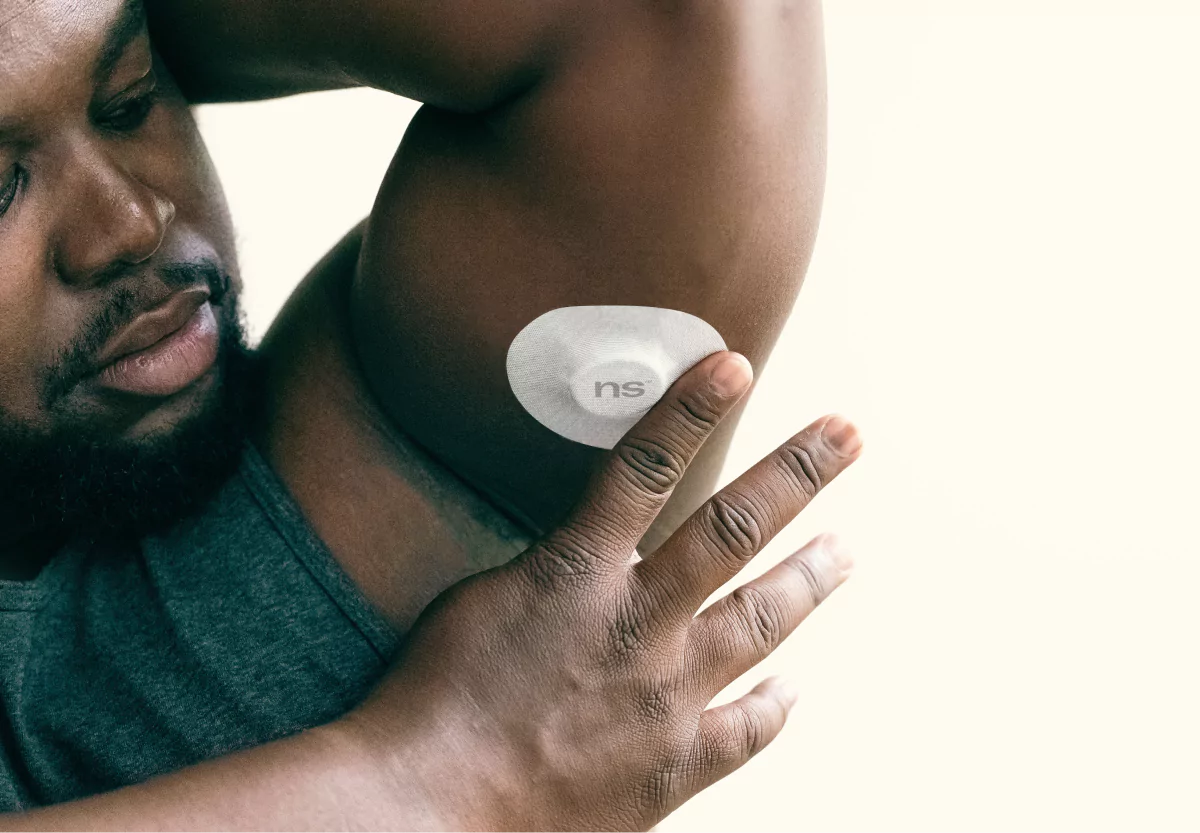
The FreeStyle Libre family of sensors can be worn for up to 14 or 15 days, depending on the model.
It is for one-time use only. Discard the sensor at the end of the wear period.
Is the CGM Waterproof?
The CGM is not entirely waterproof, but it is water-resistant. This means that the sensor will remain on your body and not be affected in the shower or during a gym workout. You can even wear it in a sauna. Make sure to follow manufacturer guidance for water exposure and wear limits.
Limits for swimming
Swimming and keeping the sensor underwater for more than 30 minutes is not recommended and may cause it to malfunction. It is advised that the sensor does not go below three feet of water, and it has not been tested in seawater. To ensure the sensor stays in place, it is advisable to wear a bandage over the top.
Who Needs Continuous Glucose Monitoring?
Mistakenly, many people think that continuous glucose monitoring is just for people with diabetes. This is far from the truth. Going beyond diabetes treatment, continuous glucose monitoring is beneficial for anyone wanting to:
- Optimize their health
- Develop a personalized nutrition plan
- Understand the effect of lifestyle factors on glucose
- Take control of their glucose levels
- Focus on preventative health
- Improve glycemic control and reduce their risk due to prediabetes or type 2 diabetes
- Take control of their diabetes management
- Have a discreet diabetes care system
- Optimize performance and see the results of specific diets (e.g., athletes, ketogenic)
Why Choose a CGM system?
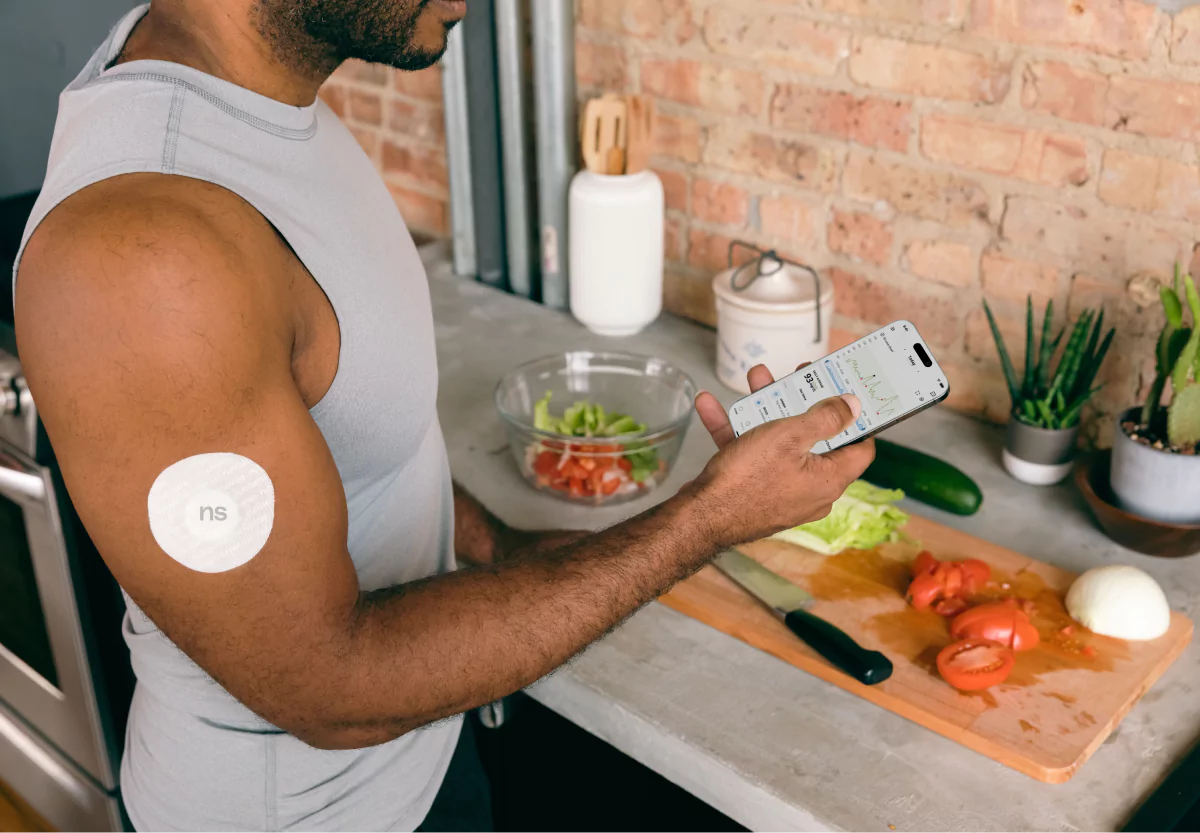
When looking at the differences between a BGM vs. CGM, the CGM system is an efficient and effective form of glucose monitoring in the home environment. It puts you in control of your own body. It has shown to reduce the risks of severe hypoglycemia, hyperglycemia, and glycemic variability.
No frequent fingersticks
Whereas traditional BGMs require a finger prick, this is not necessary with the Freestyle Libre CGM system, making measuring blood glucose values discreet and comfortable, and reducing the risk of infection.
Trends and personalization
By having access to 24/7 glucose level readings, you can discover how your body responds to diet, exercise, sleep, stress, and medication. This allows you to build a personalized nutrition plan and lifestyle routine to optimize your health.
How to Interpret CGM Data: Time in Range and Variability
For day to day decisions, focus on Time in Range, Time Above Range, and glycemic variability. These metrics summarize 24/7 patterns from glucose measured in interstitial fluid and are recommended alongside A1C in 2024 clinical guidance.
Time in Range is the percent of readings within your target band across the day, Time Above Range shows how often and how long you run higher than your target, and variability reflects how much your values swing. Higher Time in Range and lower variability are associated with better glycemic management across diabetes populations in recent guidance and reviews.
You can view Time in Range, Time Above Range, mean sensor glucose, and variability views inside the Nutrisense App to translate your stream into simple trends you can act on:
- Track Time in Range weekly to see if changes to meals, movement, sleep, or stress shift your patterns.
- Use Time Above Range to spot meals or time windows that consistently push you higher.
- Watch variability metrics like standard deviation and coefficient of variation to see if your swings are narrowing over time.
Find the right Nutrisense programto turn insight into progress.
Go Beyond Glucose Data with Nutrisense
Your glucose can significantly impact how your body feels and functions. That’s why stable levels are an important factor in supporting overall wellbeing. But viewing glucose isn't enough. Nutrisense, you’ll be able to learn how to use your body's data to make informed lifestyle choices that support healthy living.
One-to-one coaching
Sign up to access insurance-covered video calls to work with a glucose expert: a personal registered dietitian or certified nutritionist who will help tailor your lifestyle and diet to your goals.
Monitor and measure what matters
With the Nutrisense CGM Program, you can monitor your glucose with health tech like glucose biosensors and continuous glucose monitor (CGM)s, and analyze the trends over time with the Nutrisense App. This will help you make the most informed choices about the foods you consume and their impact on your health.
Find your best fit
Ready to take the first step? Start with our quiz to find the right Nutrisense program to help you take control.
Go Beyond Glucose Data with Nutrisense
Your glucose can significantly impact how your body feels and functions. That’s why stable levels are an important factor in supporting overall wellbeing. But viewing glucose isn't enough. With Nutrisense, you’ll be able to learn how to use your body's data to make informed lifestyle choices that support healthy living.
Work with a dietitian
Sign up to access insurance-covered video calls with a glucose expert: a personal registered dietitian or certified nutritionist who will help tailor your lifestyle and diet to your goals.
Track with biosensors
With the Nutrisense Program, you can monitor your glucose with health tech like glucose biosensors and continuous glucose monitor (CGM)s, and analyze the trends over time with the Nutrisense App. This will help you make the most informed choices about the foods you consume and their impact on your health.
Start with the quiz
Ready to take the first step? Take our quiz to find the right Nutrisense program to help you take control.

Kara Collier is a registered dietitian nutritionist and certified nutrition support clinician who is passionate about reshaping how we approach prevention, behavior change, and metabolic health. A Forbes 30 Under 30 honoree, she’s helped over 150,000 people improve their metabolic health using tools like continuous glucose monitors and behavior-focused nutrition strategies. Kara has been featured by Forbes, UC Berkeley, and HLTH, and has appeared on top podcasts like Mind Pump and The Genius Life.


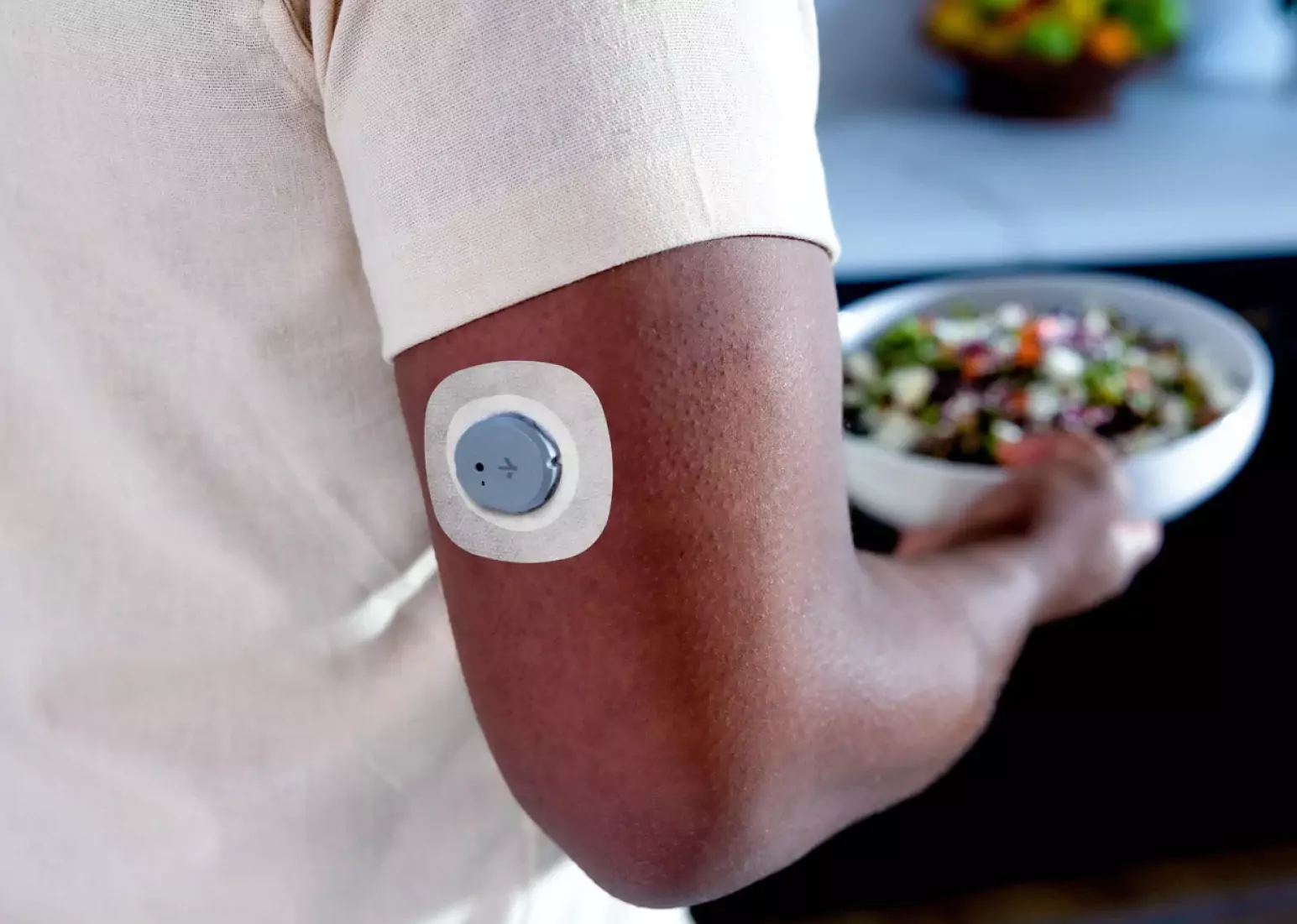
.png)
